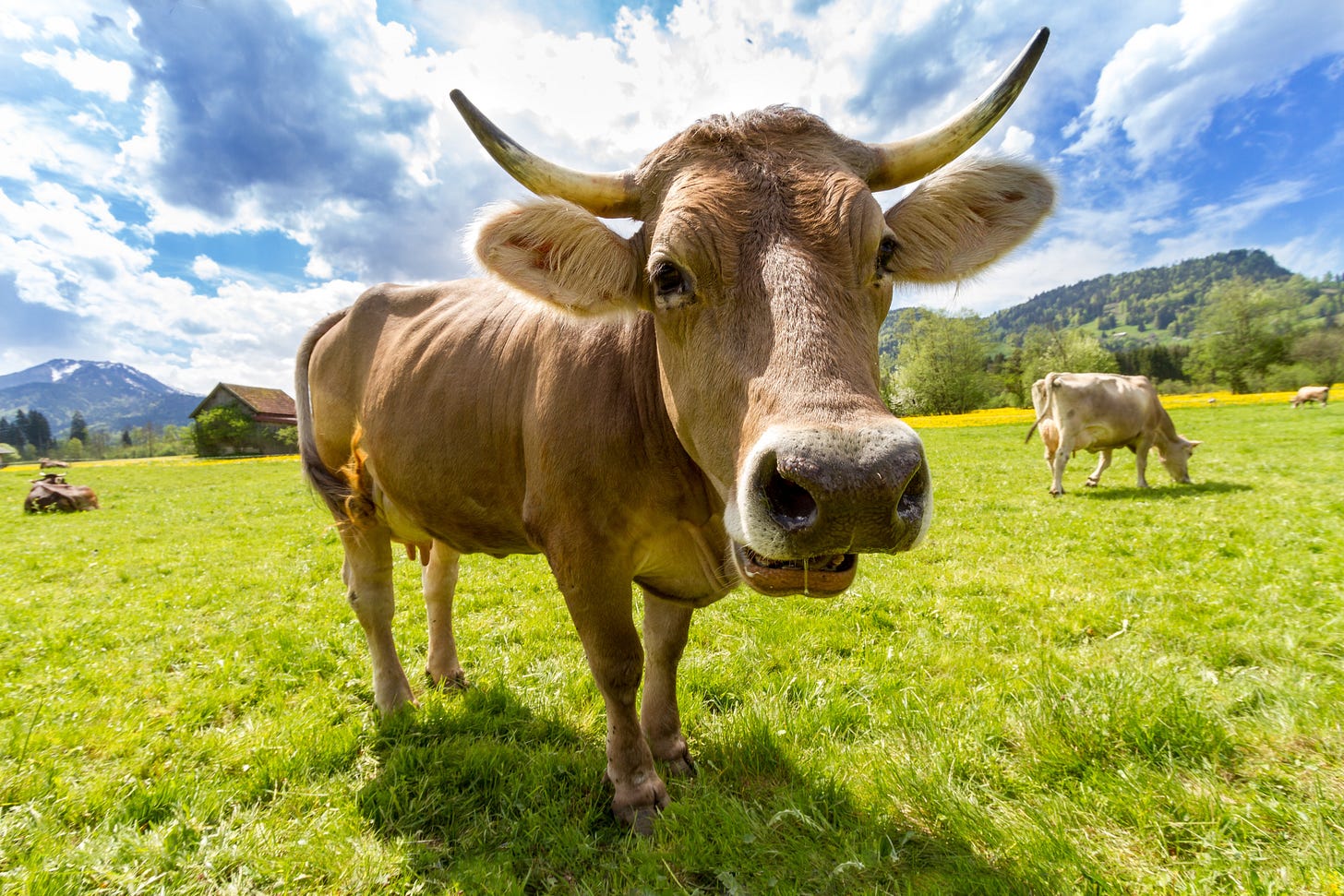Understanding the Evolution of Kashrus in North America
What frum journalism can accomplish - and why that's important
I've just done something that, for me, is a rare thing: finishing an entire book. As a rule, I'm way too busy writing books to actually read any. But "Kosher USA" from a few years' back caught my attention.
The author, Roger Horowitz, makes it clear that he's not frum. But he has nevertheless devoted significant time and effort to understanding halachic nuance and how both halacha and frum consumer trends have helped shape the entire North American food industry. I don't necessarily agree with all of his observations, but I think his presentation of the key formative debates in industrial kashrus is fair and illuminating.
Chapters in the book cover topics like:
How the internal governance structure and policies of modern kashrus organizations were largely shaped by debates in the 1940's and 1950's over the use of gelatin and glycerin.
How complex network effects led to entire billion-dollar food and chemical industries changing their operations to accommodate kosher needs. And how that made it possible for us to find kosher food in just about any supermarket in North America - but, for all intents and purposes, nowhere else (besides Israel).
How the growing consumer preference for glatt beef inadvertently contributed to the collapse of the existing kosher meat processing and distribution model.
How the fight against anti-shechita campaigns was so difficult not so much because of a widely-accepted psak requiring that the animal be turned upside down - although, in any case, R' Moshe Feinstein permitted otherwise - but because of logistical constraints in the larger non-Jewish slaughter industry.
How significant improvements in the quality and profitability of the kosher meat industry inspired by a non-Jewish animal scientist (Temple Grandin) were mostly lost when a single Reform Jew (Harry Kassel) decided to retire young.
I enjoyed the book as much as I did mostly because the narrative felt honest, fully-fleshed and well-researched. I was already aware of many individual details, but I'd never been able to confidently connect them to form a larger picture. And that larger picture is mostly populated with well-intentioned, hard-working people struggling against powerful historical and market forces.
But does satisfying my personal curiosity justify the potential privacy and even halachic conflicts that this kind of journalism can present?
Should we want to dig up the inside story?
Often, we should not. But there are plenty of exceptions. Sometimes, for example, the only way to stop criminal and halachically-abhorrent behavior is by carefully and responsibly publicizing key details. Tragedies in the frum community over the past years have proven that more than adequately.
There are also times when getting the full picture humanizes events in important ways. Most people are neither drop-dead stupid nor Hitler-scale evil. But sometimes, from a distance, their actions can make them look that way.
Here's one example from the pages of Kosher USA. The behavior of the Agriprocessors meat packing company in the years leading up to their criminal charges and eventual bankruptcy seems irrational. What could possibly have motivated them to fabricate millions of dollars of cash flow in bank credit applications, employ a workforce nearly half of whose numbers were illegal immigrants (and dozens were children), and use a shechita process that inflicted terrible suffering on their cattle?
But the historical background provided by Kosher USA gives us some important context. Crime is crime. And mistreatment of either humans or animals is inexcusable. But it's certainly helpful to at least understand the business pressures faced by Agriprocessors.
It seems that Agriprocessors' operational model could only work where supply and labor costs remained relatively low and viable markets existed for both the kosher and non-kosher categories of meat that they produced. As it turns out, though, cattle supply costs rose 30% in the early 2000's, and demographic changes meant that labor costs rose dramatically in the years after the company opened up shop. Nearby competitors were paying their legal floor workers $11.50 and up. Agriprocessors could barely afford $6.50.
In addition, the cash-starved, Agriproccesors was forced to purchase low-quality cattle, thereby limiting the prices they could demand from wholesalers. And their terrible livestock practices? Installing humane slaughter systems was extremely expensive and - even worse - slowed down the kill rate, raising the per-pound cost of production.
It wasn't that they didn't want to pay their suppliers on time, their workers higher wages, or treat their cattle better. I'm sure they would have been perfectly happy to do all those. The problem was that there was no way their business could have survived the extra costs. And in hindsight, it was always only a matter of time before the whole thing collapsed one way or the other.
So it's not really about "stupid" and "evil", but about a long series of very bad choices (leading to a horrifying chillul HaShem). I think that makes a difference. And I also think it's worth knowing about it.
The problem is that getting the inside information needed to execute this kind of journalism takes a lot of work. Crowd sourcing that information through informal online networks can help. Which is why I hope this publication might some day become a hub for such information and research.
Feel free to pitch in, too.




